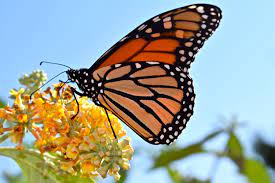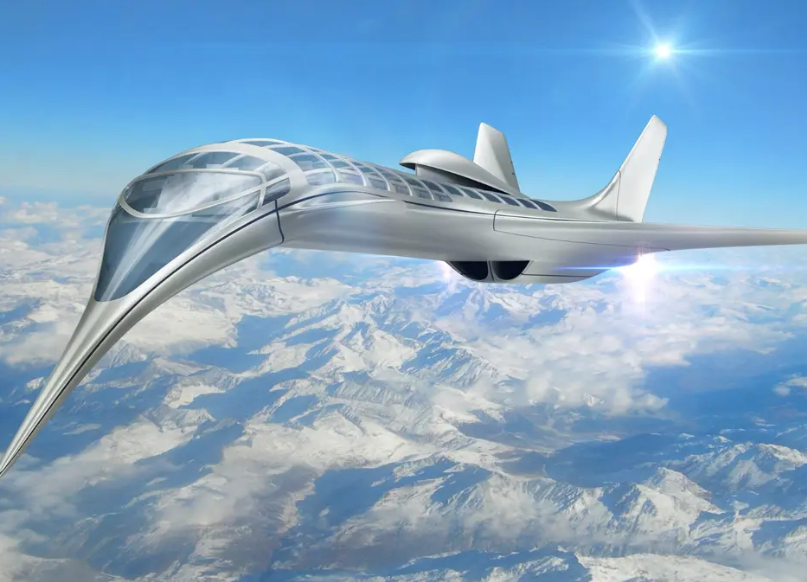
Monarch butterflies or Danaus Plexippus are a species of butterfly who are known for flying together in great swarms while migrating in Autumn. The monarch butterfly begins as a egg laid in a concealed place on a milkweed plant. This single female will lay between 300-500 eggs over a three to five week period. This is incredible because even though the eggs are very small (1.2mm x 0.9mm) and weigh very little, (less than 0.5mg 1/1000 the mass of the female) the female can lay its own weight in eggs, if it mates multiple times.
In about three to eight days, the eggs hatch, releasing many caterpillars, ready to eat. The caterpillars will go through five instars before their metamorphosis, and at the end of each instar each three to five days long, a molt. In the first and second instar tentacles grow and it develops its iconic yellow and black stripes. In the third and fourth instar continue to develop their stripes and tentacles. At the last instar, it starts eating from different mouths to relieve pressure. After this stage, it will hang from a branch and start metamorphosizing.
Before entering the pupa stage, the caterpillar will grab a branch with its hind legs and hang upside down, like the letter “J”. After “J hanging”for about 12-16 hours, it will stop “J hanging” and straighten out. After this, the skin on its head will split, revealing the green chrysalis within. After around 15 days, the chrysalis will open up revealing the soggy butterfly within.
After pupatating for a couple of weeks, the butterfly will emerge from its now semi transparent chrysalis. The monarch butterfly will hang from the chrysalis, upside down for a couple of hours to pump fluids into its wings. After the butterfly is done drying its wings, it will take off and start drinking nectar. Monarch butterflies reach mating age in around five days, but the generation that migrates isn’t old enough until after winter.

Related Articles:
https://www.nwf.org/Educational-Resources/Wildlife-Guide/Invertebrates/Monarch-Butterfly
https://kids.nationalgeographic.com/animals/invertebrates/facts/monarch-butterfly
https://www.nationalgeographic.com/animals/invertebrates/facts/monarch-butterfly
https://www.worldwildlife.org/species/monarch-butterfly
https://www.britannica.com/animal/monarch-butterfly
Take Action:
https://monarchjointventure.org/donate
https://www.saveourmonarchs.org/
https://gifts.worldwildlife.org/gift-center/gifts/species-adoptions/monarch-butterfly.aspx





